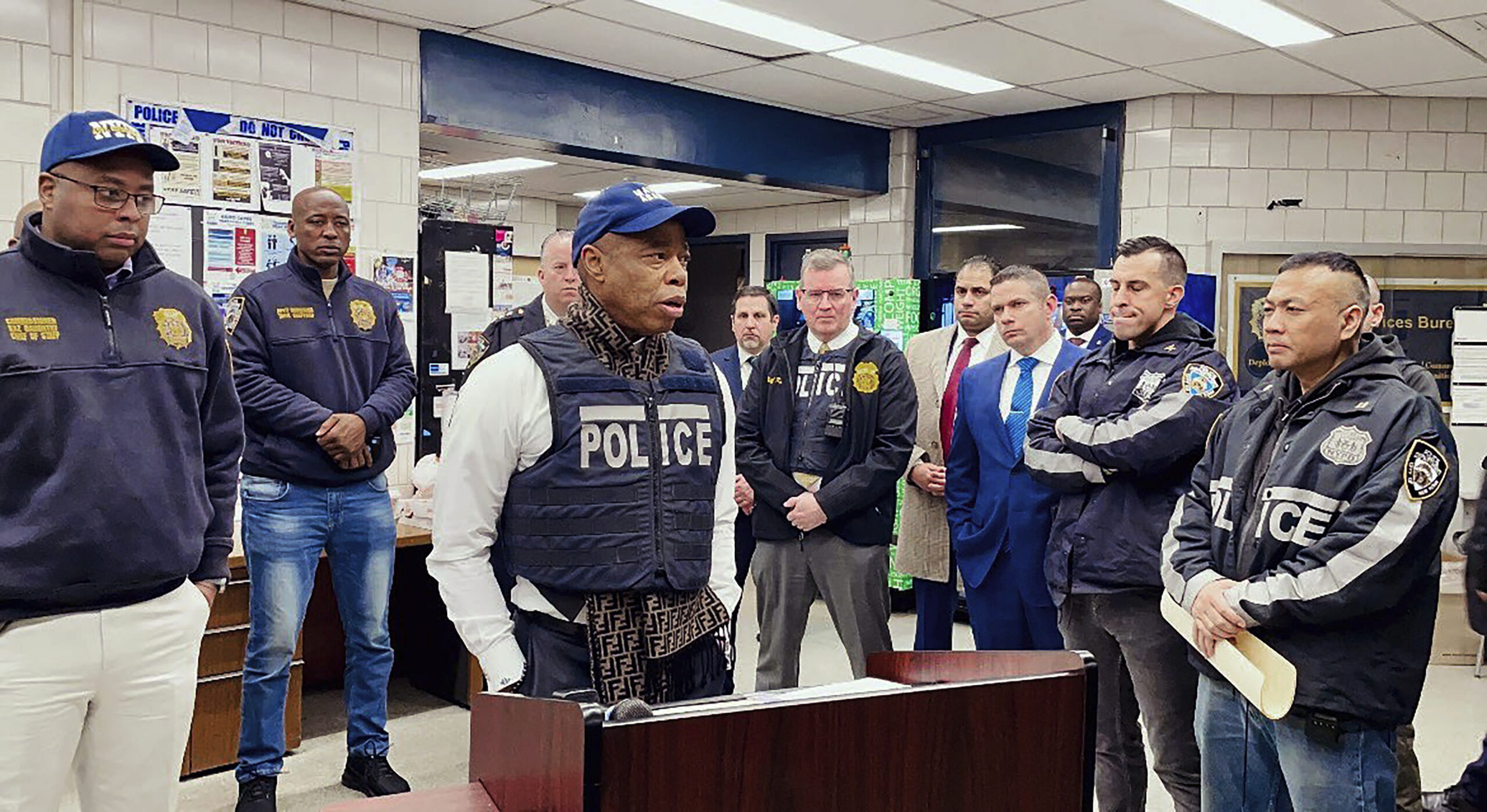The NYPD is using social media to target critics. That brings its own set of worries

The first “NYPD: Most Wanted” video was meant to be intimidating.
Over a pounding soundtrack, the montage cuts among stock images and body-camera footage of actual police raids. A fake gun discharges. Real officers break down a door, barking orders at a man asleep on a couch.
As a key turns in a jail cell lock, a New York City police deputy appears on screen to announce the arrest of a teenage suspect — not the person seen in the video moments earlier — in a shooting on a Bronx subway platform.

Brooklyn Boro
View MoreNew York City’s most populous borough, Brooklyn, is home to nearly 2.6 million residents. If Brooklyn were an independent city it would be the fourth largest city in the United States. While Brooklyn has become the epitome of ‘cool and hip’ in recent years, for those that were born here, raised families here and improved communities over the years, Brooklyn has never been ‘uncool’.